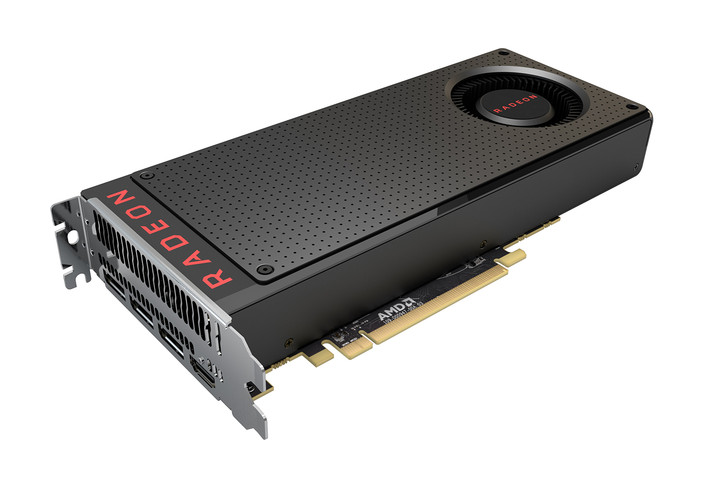Virtual reality is demanding and requires a desktop of at least $600 and high-end VR requires highly upgradable and overclockable desktops that can do SLI in the future.
If you are doing VR development, you will need a VR-ready laptop, a laptop with a Thunderbolt 3 EGPU and a desktop GTX 1080 in it, or a desktop computer.
It would be ideal to have a laptop that can run VR for when you are developing on the go and showcasing, but many people can’t justifynew VR-capable desktops and EGPUs if they already have a PC desktop and are upgrading it to handle VR development with the cheapest necessary parts.
Best part is, you can build with parts compatible with macOS and make a Hackintosh. Then you can do iOS development and VR on the same machine for the lowest cost.
CPU
- Recommended: Intel i7 6700HQ or 7500U, quad core is fastest for compiling, lightmap baking, video streaming and other intensive multi-threaded tasks.
- Minimum: Intel i5, good enough to run games if you’re on a budget, but you’ll wait longer for compile times.
GPU
The most important part for game dev is a fast graphics processing unit. Even if your game will have simple art or low quality settings that support lower spec computers, during development you deal with the pre-optimized in-editor version of everything which demands more processing power than the final build of the game will.
Minimum: GTX 970 or AMD RX 480. You can do game dev on a 970, but newer games and VR are pushing its limits.
Recommended: NVIDIA GTX 10×0 GPU. Get the best GTX 1060, 1080 or 1080 Ti you can afford ( not out yet as of the time of this article, but if you can afford $750 or so for one and have another GPU for the moment wait for it to come out, it will be better than Titan performance for less money). Try to get one of the quiet versions with near silent fans or it will distract you and impact your ability to do audio recording for sound and music.
Minimum VR Desktop
| Part | Details | Price | |
| Processor | Intel Core i5-6400 | 2.7 GHz Quad-core | $180 |
| Motherboard | Gigabyte GA-H170M | MicroATX LGA1151 | $77 |
| Memory | HyperX Fury Black | 2 x 4GB DDR4-2133 | $32 |
| Graphics | AMD RX 480 | Full review | $200 |
| SSD | Corsair Force LE | 240GB | $55 |
| PSU | EVGA 430W | 80+ | $30 |
| Case | Fractal Design Core 1000 | MicroATX Mid Tower | $25 |
| Total price | $599 |

